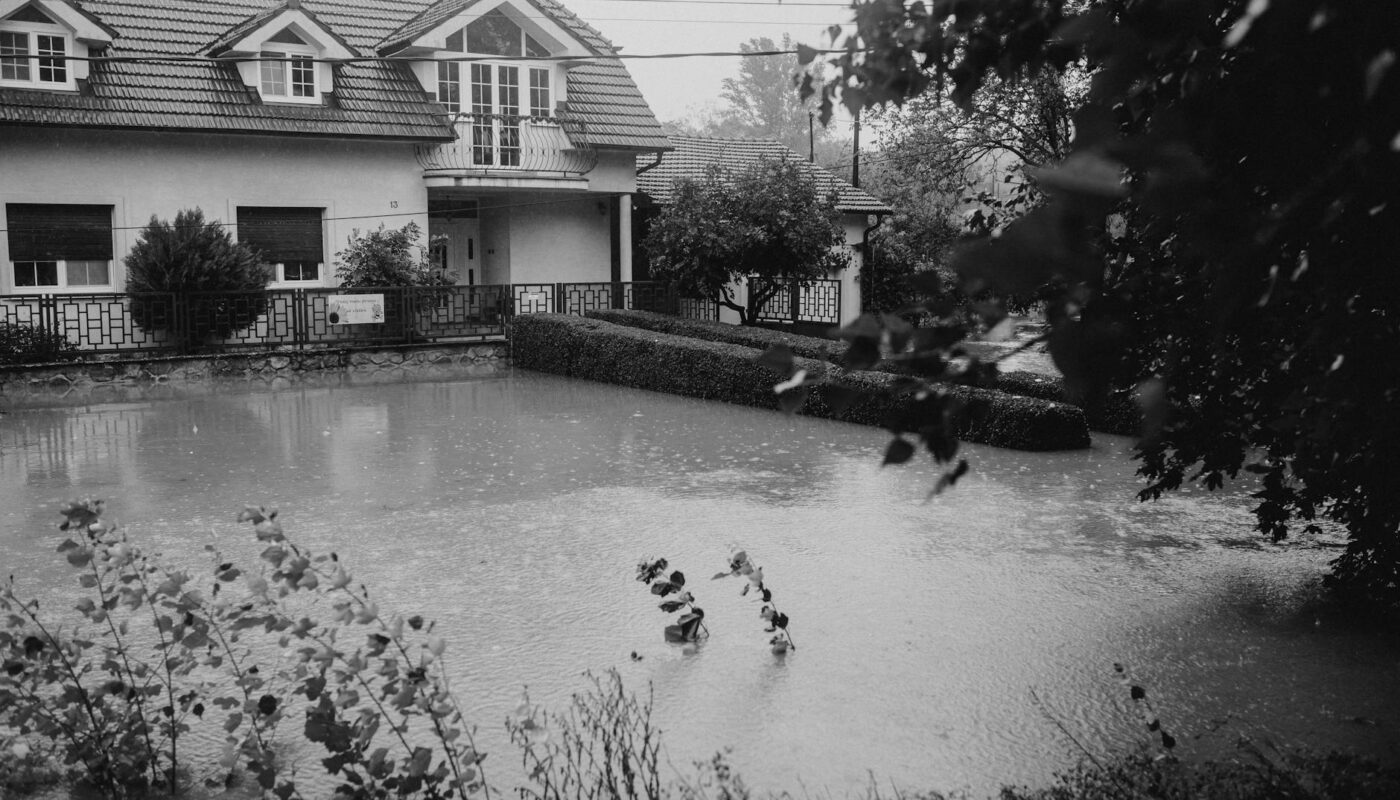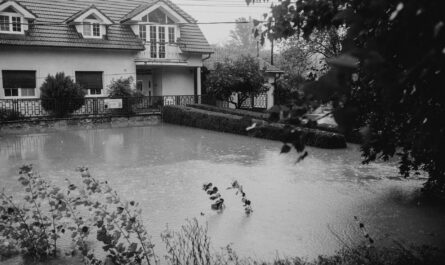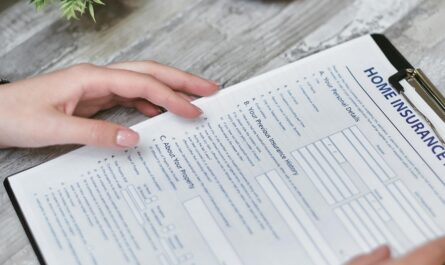Understanding homeowners insurance can feel like navigating a maze. This post aims to simplify things by exploring 10 common scenarios to illustrate what your policy might—and might not—cover. It’s crucial to remember that specific coverages vary by policy and provider, so always refer to your policy documents for the most accurate information.
Damage from a sudden storm
A sudden hailstorm pummeled your roof, leaving dents and leaks. Most standard homeowners insurance policies cover damage from sudden and accidental events like hail, wind, and lightning. 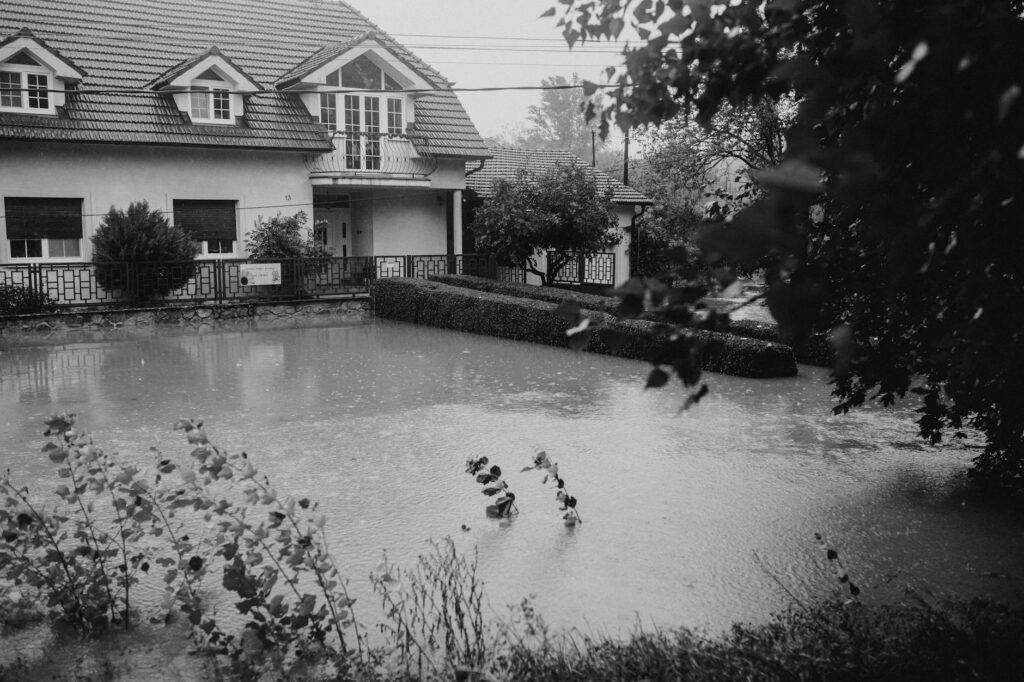 However, damage from gradual wear and tear, like a slowly leaking roof, is usually not covered. This is a great example of why it’s critical to regularly inspect your property.
However, damage from gradual wear and tear, like a slowly leaking roof, is usually not covered. This is a great example of why it’s critical to regularly inspect your property.
Fire and smoke damage
A fire broke out in your neighbor’s garage and spread to your home, causing significant smoke and fire damage. Homeowners insurance typically covers fire damage, including damage from smoke and soot. It also often covers the additional living expenses (ALE) if your home becomes unlivable during repairs. This would cover temporary housing, meals, etc. Review your policy carefully, as coverage limits may vary depending on the cause of the fire. This is an excellent reason to consider an umbrella policy for added protection.
Theft and vandalism
Your home was burglarized, and several valuable items were stolen. Homeowners insurance policies typically include coverage for theft and vandalism. Make sure you have an accurate inventory of your possessions, with photos or videos as proof of ownership and value. You can learn more about creating a home inventory here on our site. It is also important to report the crime to the police immediately.
Water damage
A pipe burst in your bathroom, causing significant water damage to your floors and walls. Water damage coverage varies widely between insurance policies. Some policies cover sudden and accidental water damage (like a burst pipe), while others exclude certain types of water damage (like from flooding). Make sure you understand the specifics of your policy, paying careful attention to what is and isn’t covered. 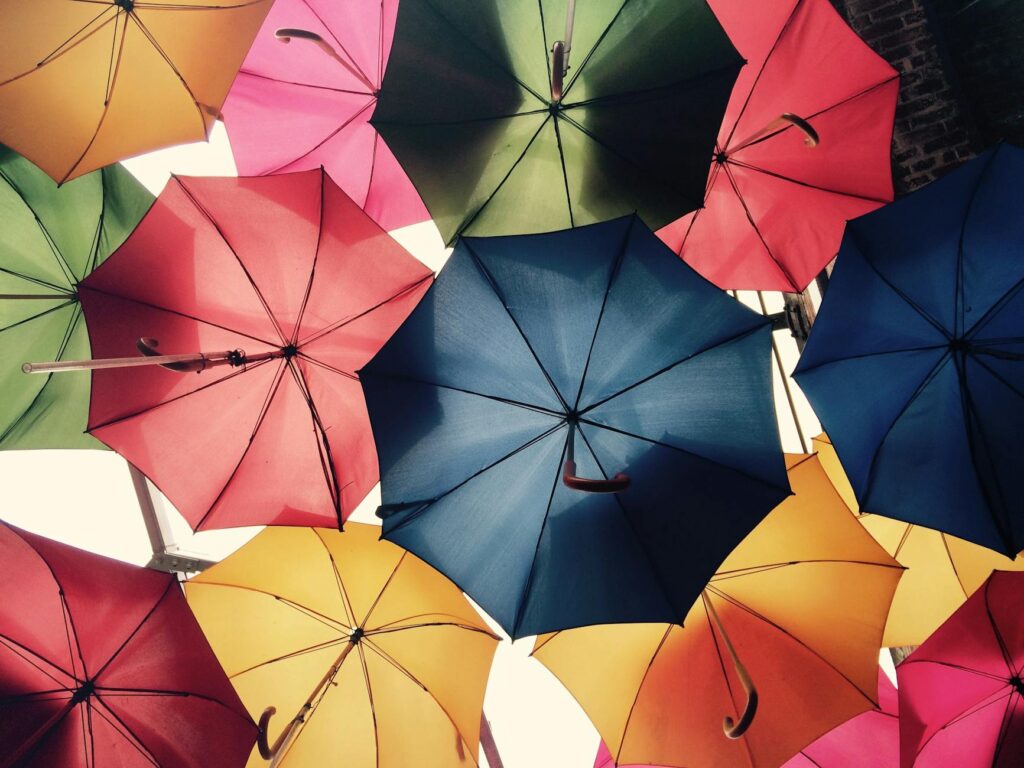
Liability protection
A guest slipped and fell on your icy porch, resulting in a serious injury and subsequent lawsuit. Liability coverage protects you from financial losses if someone is injured on your property or if you are held responsible for damage to someone else’s property. This is one of the most crucial aspects of homeowners insurance, protecting your assets in the event of an accident. Learn more about liability limits and ensure your coverage adequately protects your financial wellbeing.
Damage from falling objects
A tree branch fell on your roof during a storm, causing significant damage. Damage from falling objects is usually covered, but this depends on the cause of the damage. For example, if the damage was caused by a storm, it is likely covered. However, if the tree fell due to neglect, coverage may be more limited or nonexistent. [IMAGE_3_HERE] To prevent such incidents, consider professional tree maintenance.
Damage from freezing
A prolonged power outage during a winter storm caused your pipes to freeze and burst. Damage from freezing is generally covered under most homeowners insurance policies, but again, this depends on whether the damage is due to a sudden, accidental event, rather than neglect. Be sure you have taken all steps to protect your home during the winter to avoid situations where your insurer may deny coverage.
Personal property coverage
Your home was damaged by a fire and many of your personal belongings were destroyed. Homeowners insurance provides coverage for your personal property, either at an actual cash value or replacement cost, depending on your policy. This is where having a thorough home inventory becomes indispensable. Keeping receipts for larger purchases and taking photos of valuable items provides crucial proof of ownership and value. You should also consider scheduling additional coverage for high-value items like jewelry or electronics.
Pest infestation
Your home suffered significant structural damage due to a termite infestation. Most standard policies do not cover damage caused by insects, rodents, or other pests. These are generally considered gradual damage, not sudden and accidental occurrences. To protect your home, you should take steps to protect your home against pests. Regular inspections and pest control are essential for proactive prevention.
Collapse of structures
A portion of your home’s foundation collapses due to unforeseen circumstances, causing significant structural damage. Homeowners insurance typically covers the collapse of structures due to events covered under the policy. However, collapses from gradual issues, like foundation settlement not caused by a covered peril, might not be covered. This emphasizes the importance of regular home maintenance and inspections.
In conclusion, while homeowners insurance offers a crucial safety net, understanding its specifics is paramount. This overview offers common scenarios, but always refer to your policy and consult your insurance provider for detailed coverage information. Remember that proactive home maintenance is key to minimizing potential damage and maximizing your coverage.
Frequently Asked Questions
What is actual cash value (ACV) vs. replacement cost? ACV considers depreciation, while replacement cost covers the full cost of replacing damaged items.
What is not covered by homeowners insurance? Typically, damage from wear and tear, intentional acts, and certain types of water damage are not covered.
How can I lower my homeowners insurance premiums? Consider safety upgrades, bundling policies, and increasing your deductible.
What is an umbrella insurance policy? It provides additional liability coverage beyond your basic policy limits.
What should I do if I have a claim? Report the damage to your insurance company immediately, and take photos or videos as documentation.
